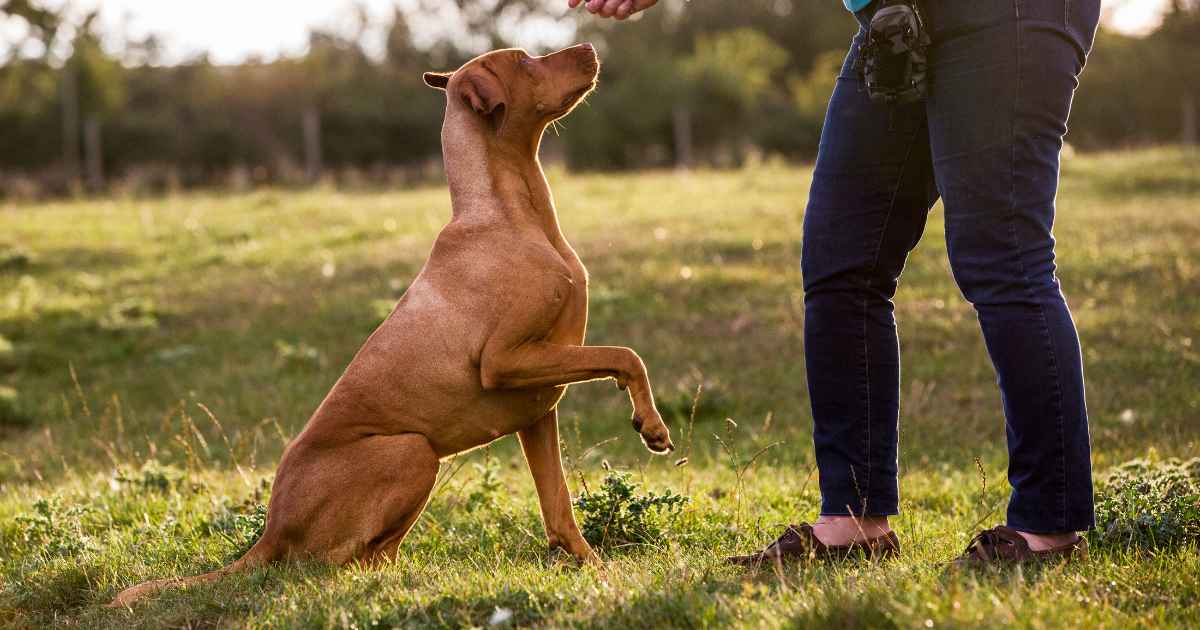Dog bites, though uncommon, can happen unexpectedly and may leave individuals feeling scared or uncertain about how to respond. While preventing dog bites is crucial, understanding how to handle a dog bite is equally important for the safety of both the person bitten and the dog involved. In this guide, we will explore step-by-step instructions on what to do if you or someone you know experiences a dog bite.
Table of Contents
Treatment Steps
- Step 1: Wash the Wound Thoroughly
Once you are in a safe place, clean the wound with mild soap and warm water. Gently remove any debris, dirt, or saliva from the bitten area. This helps reduce the risk of infection. - Step 2: Apply an Antiseptic and Use a Clean Cloth to Stop Bleeding
After washing the wound, apply an antiseptic to help prevent infection. If the bite is bleeding, use a clean cloth or sterile bandage to apply gentle pressure. Elevate the affected area if possible to minimize swelling. - Step 3: Seek Medical Attention
Regardless of the severity of the bite, it is essential to seek medical attention promptly. Even minor bites can lead to infections, and a healthcare professional can assess the wound, prescribe antibiotics if necessary, and administer tetanus shots if the dog's vaccinations are unknown. - Step 4: Follow Up with Preventative Measures
After receiving medical attention, follow any additional instructions or recommendations given by healthcare professionals. This may include completing a course of antibiotics, getting a tetanus shot, or undergoing additional medical procedures.

Monitoring the Bite
Keep a close eye on the bite and monitor for any signs of:
- Redness
- Swelling
- Increased warmth
- Tenderness to the touch
If you notice the condition of the wound worsening, experience pain, or develop a fever, it is crucial to seek prompt medical attention. Don't hesitate to consult with a doctor at the earliest opportunity.
Potential Complications Arising from a Dog Bite
Dog bites can lead to various complications, encompassing infections, risks of rabies, nerve or muscle damage, and more. Let's delve into the possible outcomes of a dog bite:
Infection
Every dog's mouth contains bacteria, including staphylococcus, pasteurella, and capnocytophaga. Even the presence of MRSA has been noted, though current reports indicate no transmission through dog bites. When a dog bite breaks the skin, these germs can cause bacterial infections. Individuals with weakened immune systems or diabetes face a higher infection risk. If signs of infection emerge, consulting a doctor is advisable.
Nerve and Muscle Damage
Even seemingly small wounds, like puncture marks, from a deep bite can result in damage to nerves, muscles, and blood vessels beneath the skin.
Broken Bones
Bites from larger dogs, especially in areas like the legs, feet, or hands, may lead to broken, splintered, or fractured bones. Immediate emergency medical assistance is crucial if a broken bone is suspected.
Rabies
Rabies is a severe viral condition affecting the central nervous system. Without treatment, it can be fatal within days of infection. Seeking immediate medical attention is imperative if a dog bite occurs, and the vaccination history is uncertain or not up-to-date.
Tetanus
Tetanus, a bacterial disease, is rare in the United States due to routine vaccinations. Adults should receive a tetanus booster shot every 10 years.
Scarring
Skin tearing from a dog bite can cause scarring. While mild scarring tends to improve over time, severe scarring in visible areas like the face may necessitate medical interventions such as grafting or plastic surgery.
Death
Though the annual number of deaths from dog bites in the United States is low, about 70 percent of such fatalities involve children under 10 years old.
Being aware of these potential complications emphasizes the importance of prompt medical attention and proper preventive measures following a dog bite.
Do You Need a Rabies Shot?
In the event of a dog bite from an animal displaying signs of rabies—such as erratic behavior or foaming at the mouth—seeking a rabies vaccine becomes crucial.
Rabies, a potentially life-threatening condition, is entirely preventable when immediate medical attention is sought. While instances of rabies in humans are rare in the United States, and it is not typically transmitted by dogs due to widespread inoculation and prevention programs, it's essential to address any concerns promptly.
If you or your doctor suspect the possibility of rabies transmission through a dog bite, opting for a rabies post-exposure vaccine is a prudent choice. This vaccine is administered in a series of four injections over several weeks, supplemented by an additional injection of rabies immune globulin as part of the comprehensive treatment plan. Taking these preventive measures ensures proactive protection against the potential risks associated with rabies.
Preventing Dog Bites
It's essential to recognize that even the most well-behaved dogs can bite under certain circumstances. As responsible pet owners and enthusiasts, understanding how to prevent dog bites is crucial for fostering positive relationships between humans and our four-legged friends.

1. Understand Canine Body Language
One of the key elements in preventing dog bites is being able to interpret a dog's body language. Dogs communicate through their posture, facial expressions, and tail movements. Learning to recognize signs of stress, fear, or discomfort in a dog can help you gauge their mood and adjust your behavior accordingly.
2. Respect Personal Space:
Just like humans, dogs appreciate their personal space. Avoid approaching a dog too quickly, especially if they are unfamiliar or show signs of anxiety. Allow the dog to come to you and initiate contact, and always ask the owner for permission before petting a dog you don't know.
3. Teach Children Proper Interaction
Educating children on how to interact safely with dogs is crucial. Teach them to approach dogs calmly, avoid sudden movements, and always ask the owner before attempting to pet a dog. Supervise interactions between young children and dogs closely to ensure both parties are comfortable.
4. Avoid Disturbing Dogs While Eating or Sleeping
Dogs can be protective of their food and resting spaces. To prevent unexpected reactions, avoid disturbing a dog while they are eating or sleeping. Teach children not to approach dogs during these times to minimize the risk of a defensive response.
5. Socialize Your Dog
Proper socialization is key to a well-behaved and confident dog. Expose your dog to different environments, people, and other animals from a young age. This helps them feel comfortable and less anxious in various situations, reducing the likelihood of defensive behaviors.
6. Provide Adequate Training
Training your dog is not just about obedience; it also contributes to preventing unwanted behaviors, including biting. Basic commands such as "sit," "stay," and "leave it" can be crucial in managing your dog's behavior and ensuring a safe environment for everyone.
7. Be Cautious Around Unknown Dogs
Approach unknown dogs with caution. Always ask the owner for permission before petting, and allow the dog to sniff your hand before attempting to make physical contact. Be mindful of the dog's body language, and if the owner expresses any concerns, respect their wishes.
Conclusion
Understanding and addressing the issue of dog bites is crucial for the safety and well-being of both humans and our furry companions. This comprehensive guide has explored various aspects of treating and preventing dog bites, emphasizing the importance of responsible pet ownership, proper training, and awareness of canine behavior.
By taking proactive measures such as socializing our dogs, teaching children how to interact with pets, and recognizing warning signs of stress in dogs, we can create a safer environment for everyone. Additionally, educating ourselves about breed-specific traits and seeking professional guidance when needed can contribute significantly to preventing incidents.










